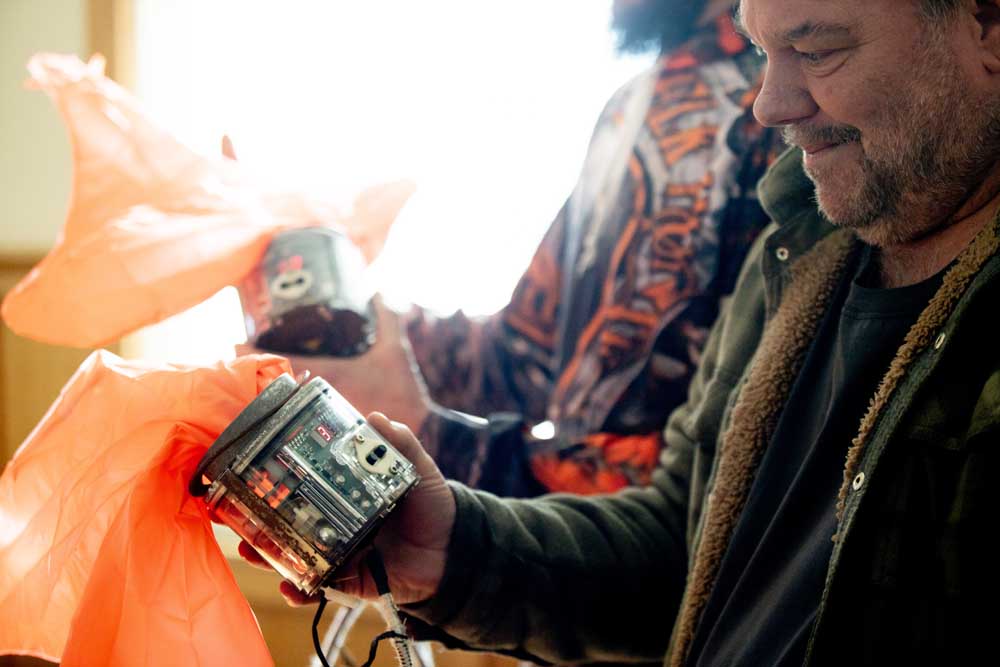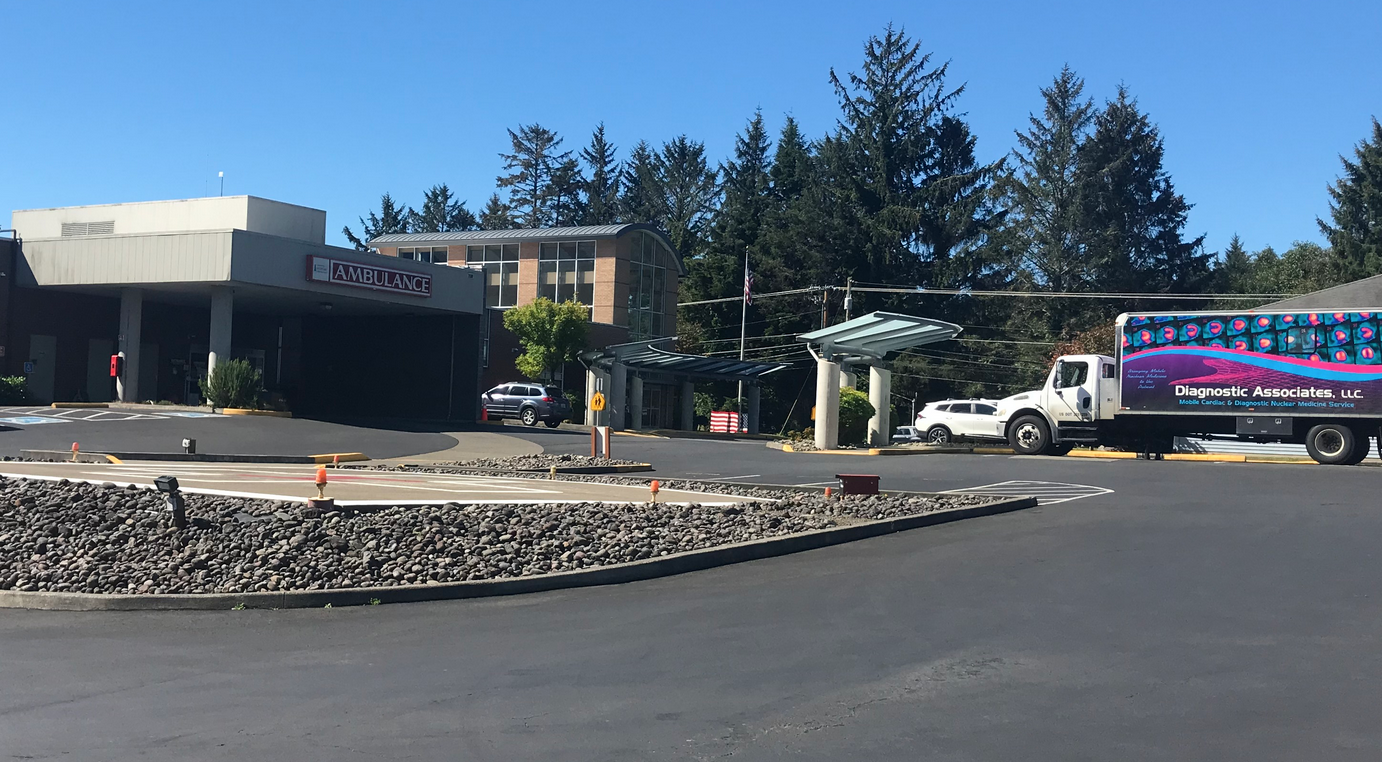Saints or Sinners? Characters of Pacific County: Master salmon man with a sense of humor
Published 7:31 am Thursday, February 6, 2025

- Washington’s first state hatchery, on the Chinook River, began as the private salmon propagation enterprise of Alfred E. Houchen. This photograph shows the original buildings erected c. 1895 on the property of Jasper Prest, located about a half-mile east of the town of Chinook on what is now Houchen Road. The figures in the center are Nic Hansen, Houchen’s co-worker and later hatchery superintendent, his wife Martha, and their adopted twins Claude and Maude. When this photo was taken the rearing ponds Hansen designed were not yet in place. Sea Resources, Inc. reactivated the hatchery in 1969 after a closure of 34 years. The new facilities are on the site of these original buildings.
Editor’s Note: At least for the time being, this installment concludes Sydney Stevens’ popular 100-part “Saints or Sinners” series.
Trending
Stephen B. Butts 1849-1930
Another bit of history lost when peninsula road names were changed was the story of Stephen Benjamin Butts. Butts Road, named for him most likely because his was the only home on that road, ran parallel to Holman Road and was just south of it, running west from Sandridge. Now it’s probably 31st (so easy to forget!) and there are few people who have ever heard of Stephen Butts.
Editor’s Note
At least for the time being, this installment concludes Sydney Stevens’ popular 100-part “Saints or Sinners” series.
Trending
Like many of our oldest pioneers, Stephen Benjamin Butts did not leave behind photographs or much information about his day-to-day life. But unlike many others of Pacific County’s early residents, he left a clear “picture” of one strong personality trait — his sense of humor. Even had he left a portrait, it is doubtful that viewers would have been able to detect that particular characteristic, given the restrictions of photography in those early days.
Stephen was born in Tippecanoe County, Indiana on Jan. 1, 1849 and, at age four, crossed the continent by covered wagon and ox-team with his parents. They settled first in the Portland area, and later moved to the Lewis River in Clark County, Washington Territory. Stephen began fishing the Columbia River from Vancouver to its mouth in 1877 and, over time, worked as a gillnetter, a trap-fisherman and a seiner.
Stephen began working at the Chinook Hatchery in 1896. Two years later he was appointed deputy fish commissioner with the responsibility of superintendent of the Chinook Hatchery for a salary of $200 per year.
In a special 1900 turn-of-the-century edition of the South Bend Journal, publisher/editor F.A. Hazeltine wrote of Stephen Butts:
”Few men in the state are so well acquainted with this river and the various methods of fishing it… In 1896 he was appointed deputy fish commissioner. He worked in the Chinook salmon hatchery two years and was its superintendent one year; he is now the superintendent of the Willapa River hatchery.
His territory as deputy fish commissioner covers all the Columba River and Willapa harbor. In this capacity he has had abundant opportunity to display his superior knowledge of all branches of the salmon industry, from the hatching of them to the canning. He has achieved an enviable reputation as a fair and capable official, as well as an expert fisherman, and his continuance in office is a source of gratification to his many warm friends among the fishermen of this county.”
His second position as deputy fish commissioner was as superintendent of the fourth oldest hatchery in Washington (established 1899) — Willapa River (aka Forks Creek) Fish Hatchery near Lebam for a salary of $400 per annum. However, the job was short-lived. It had been a political appointment by State Fish Commissioner A.C. Little. When Washington’s third governor, John Rankin Rogers (Populist, then Democrat) lost to Republican Henry McBride in 1901, Butts lost the appointment and, though the record is unclear, it appears that Mr. Butts continued working in other capacities at various state hatcheries in the area.
Meanwhile, in 1899 Mr. Butts and his family had moved to Ilwaco, where he devoted considerable acreage to a “berry farm” though it is unclear exactly what variety of berries he raised. He had married Henrieetta Stehman in 1869 when he was 20 and she was 16 years old. By 1979, they had six children: Edward Valentine (1870-1950); Katherine (1872-1874); Henry Bert (1874-1950); Sanford Elias (1875-1962); Amanda Butts (1875-?); and Rosella “Rosy” Butts (1879-1975).
Stephen Butts had one more child, Stephen Benjamin “Ben” Butts IV (1883-1949) with his second wife, Lucy Florence Thomas, whom he married in 1869 following his divorce from Henrietta. He would divorce and marry one more time, in 1901, to Nora L. Misner with whom he had no children.
In Ilwaco, Stephen and his family lived on Butts Road, which was just south and parallel to Holman Road. His daughter Roselle lived there until her death in 1975 and proudly called herself by her childhood nickname, “Rosy” — perhaps in tribute to her father and his not-so-subtle sense of humor.









